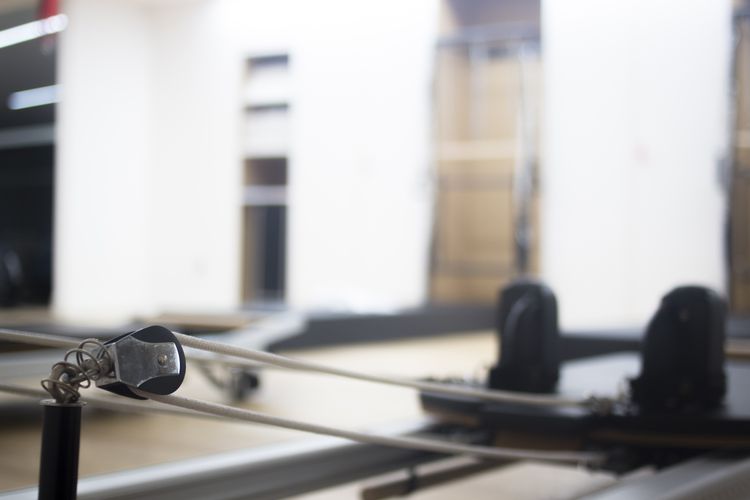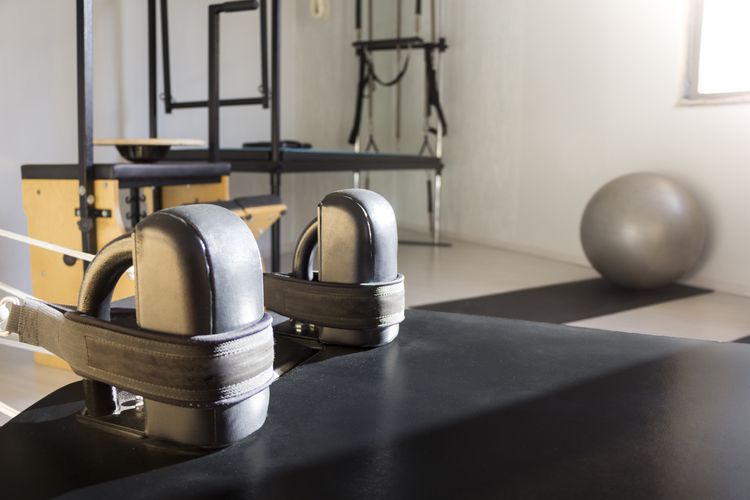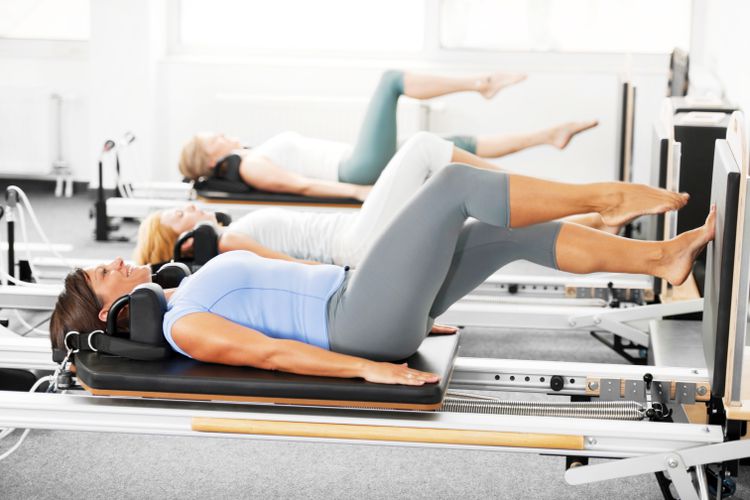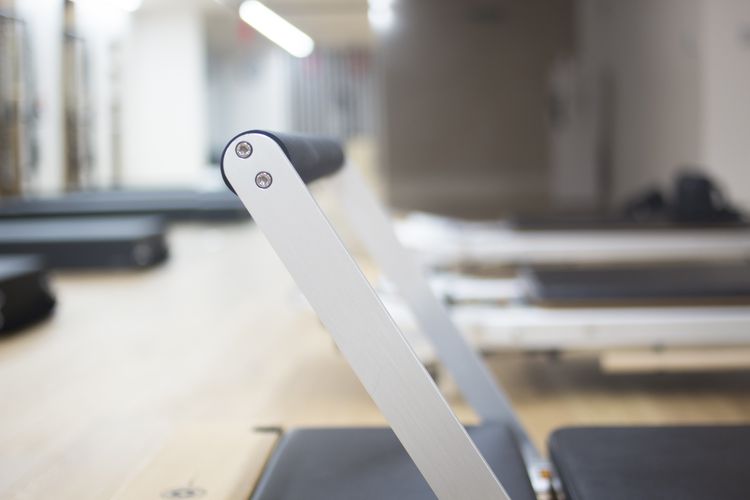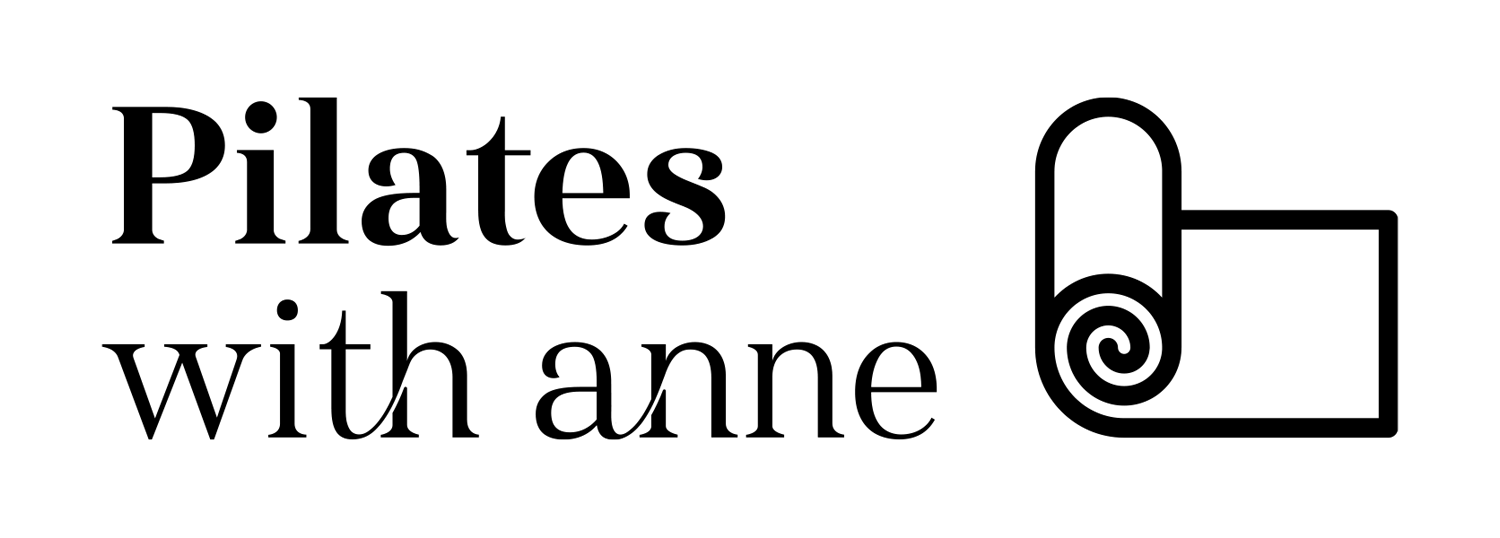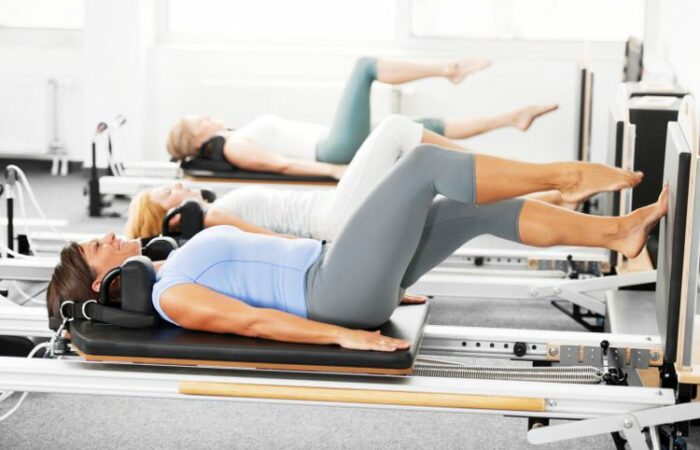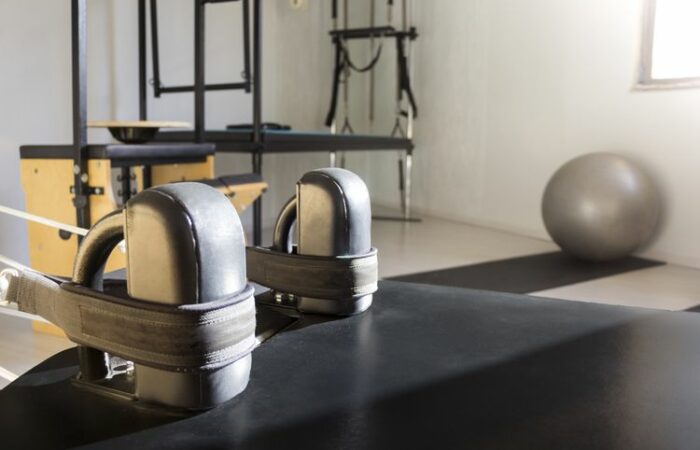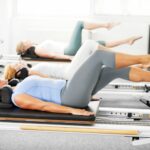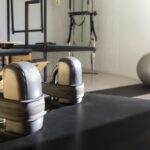To begin with, the word “Pilates” is a proper name, the surname of Joseph Hubertus, the founder of the Pilates method first called “Contrology”.
Let’s go back in time! Who was Joseph Pilates?
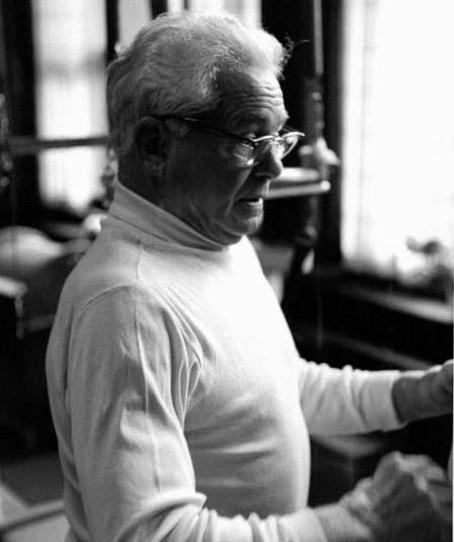
To understand Pilates, you have to understand the man. Joseph Pilates does not have the money, but he is hungry, ambitious and full of ideas. Born into a modest German family, and in a harsh era where poverty impacted the health conditions of the less fortunate, he was a puny little boy who dreamed of a body other than his own. His father, who was passionate about physical culture, exposed him to a taste for physical effort and its virtues. This was the time of the birth of Culturism and its models of perfect ‘Greek’ bodies. Joseph will therefore apply himself for nearly 20 years, to mature and refine his method, making his own body the best tool for experimentation and also for promotion.
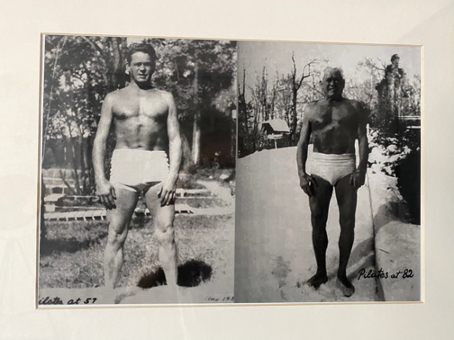
Joseph Hubertus Pilates
Departure for England. In 1912, Joseph Pilates moved to England where he tried to make a living as a boxer, self-defense teacher and circus performer. Then during the First World War, Joseph Pilates was imprisoned on the Isle of Man. He will take advantage of these years of confinement to experiment and develop his method with the other prisoners who live these moments as a real escape from their terrible daily life.
The American Dream
And finally in 1926, he emigrated to the United States. During the trip, he will meet Clara who will become his wife and his most faithful partner. Joseph and Clara Pilates open their first studio in New York City, not far from Broadway. The Pilates method, called “Contrology” during their lifetime, quickly became popular with dancers and performers in the artistic world.
Joseph Pilates taught his method until his death in 1967.
The next generation
Many of his faithful students will continue to teach his method, incorporating variations and modifications, moving away from the initial method as time goes by. Only Romana Kryzanowska, a classical dancer, will devote her entire life to faithfully transmitting Joseph Pilates’ legacy to numerous teachers all over the world, from Europe to Brazil, via the USA.
Romana will train the second and third generation of Pilates teachers. In France, it is to Philippe Taupin (Master Teacher level X of the Studio Pilates of Paris) that she will entrust the mission to transmit and train a new generation of teachers. He will be the importer and ambassador of the Pilates method in France, setting up the very first studio in Paris in 1998.
His daughter, and later his granddaughter, took up the torch to preserve the essence of the authentic method by setting up the international training program Romana’s Pilates, which will be followed by thousands of people all over the world.
I am happy and honored to have joined the Romana’s Pilates training program, recognized internationally by the Pilates professional ecosystem, but also in France by the FPMP institution (Fédération Professionnelle des Métiers du Pilates) https://www.fpmp.fr/), which allows to acquire a precise knowledge in order to accompany all the physical profiles, in their wellbeing and sporting routine. (More information about the Romana Pilates Teacher Training in the Alpes Maritimes, here)
Pilates, a method built around 6 fundamental principles
Breathing
Breathing is the main element in the Pilates exercises. Optimized and amplified in the movements, it gives you a better oxygenation of the organs and muscles.
The center
Engaging the core (back, abs, glutes, upper thighs) is central to the classical Pilates method. Regular practice of Pilates will strengthen your core, control it, but also get to know it better in order to gain strength.
The control
The practice of Pilates develops mastery and control of the body, through optimal concentration.
Concentration
Pilates requires optimal concentration to coordinate your body with the breath, and to control your body in the execution of each exercise.
Fluidity
In order to feel the benefits of a complete Pilates workout, we favor fluidity. We link the exercises with a lot of fluidity, control and precision.
Precision
It is inseparable from the classical Pilates method. We work on it at every moment, both in practice as a student, but also as a teacher in teaching.
——-
So if this article speaks to you, and you want to discuss it with me, it’s here, otherwise you can directly your first free session.
